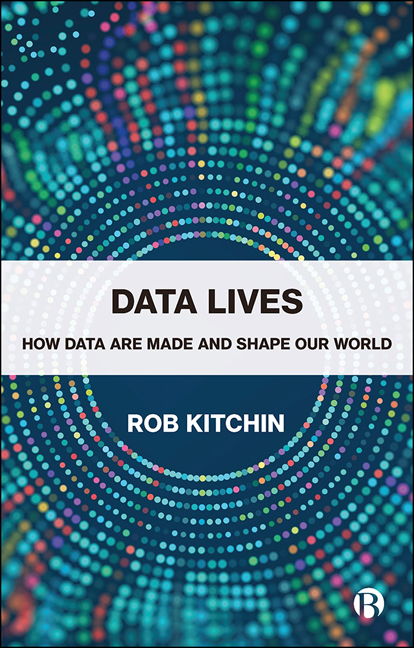13 - The End of the Data Lifecycle
Published online by Cambridge University Press: 05 January 2022
Summary
A couple of years ago I had a chat over coffee with a colleague about bidimensional regression. It is an analytic technique for regressing one set of geographic coordinates onto another. One use is to see how closely an old map aligns with a modern one, computing the variation in the position of locations and any translation, scale and rotation effects. In my doctoral research I used bidimensional regression extensively to statistically calculate how closely the cognitive maps (remembered geographic knowledge) of my study participants matched a real world map. To do so I had written a computer program that performed the regression calculation and plotted the outputs as a map, along with the statistical values. Inspired by the conversation once back in my office I decided to have a look at my original code and data, which I had been dutifully transferring from computer to computer for 25 years.
I immediately ran into a problem. Although I had digital copies of my program and data files, at some point I had compressed them to save space on storage. Most probably I did this to be able to get the whole archive onto a 3½-inch floppy disk, which only had 1.44 Mb storage (this took place a long time before storage became cheap and ubiquitous, when managing files to reduce their size was important). I had used a DOS utility program called Pkpak to archive the files. Unfortunately, the corresponding program, Pkunpak, would not run on my laptop, which operated using Windows 7.
Stuck, I turned to an old 486 desktop computer from the 1990s. I already knew that if I did manage to unpack my files, the compiled, executable programs would not run on my modern machine so I’d kept the old computer in case I ever needed to run my analysis again. I knew that this somewhat ancient machine would probably unpack the files; in fact, they were likely to already be extracted from the archive and stored on its hard disk. I hooked the 486 to a monitor and turned it on. To my gratification it booted up. Disappointingly, however, it didn’t have the required drivers to enable the monitor to show the interface. I’d kept the computer, but not a compatible monitor.
- Type
- Chapter
- Information
- Data LivesHow Data Are Made and Shape our World, pp. 101 - 108Publisher: Bristol University PressPrint publication year: 2021



